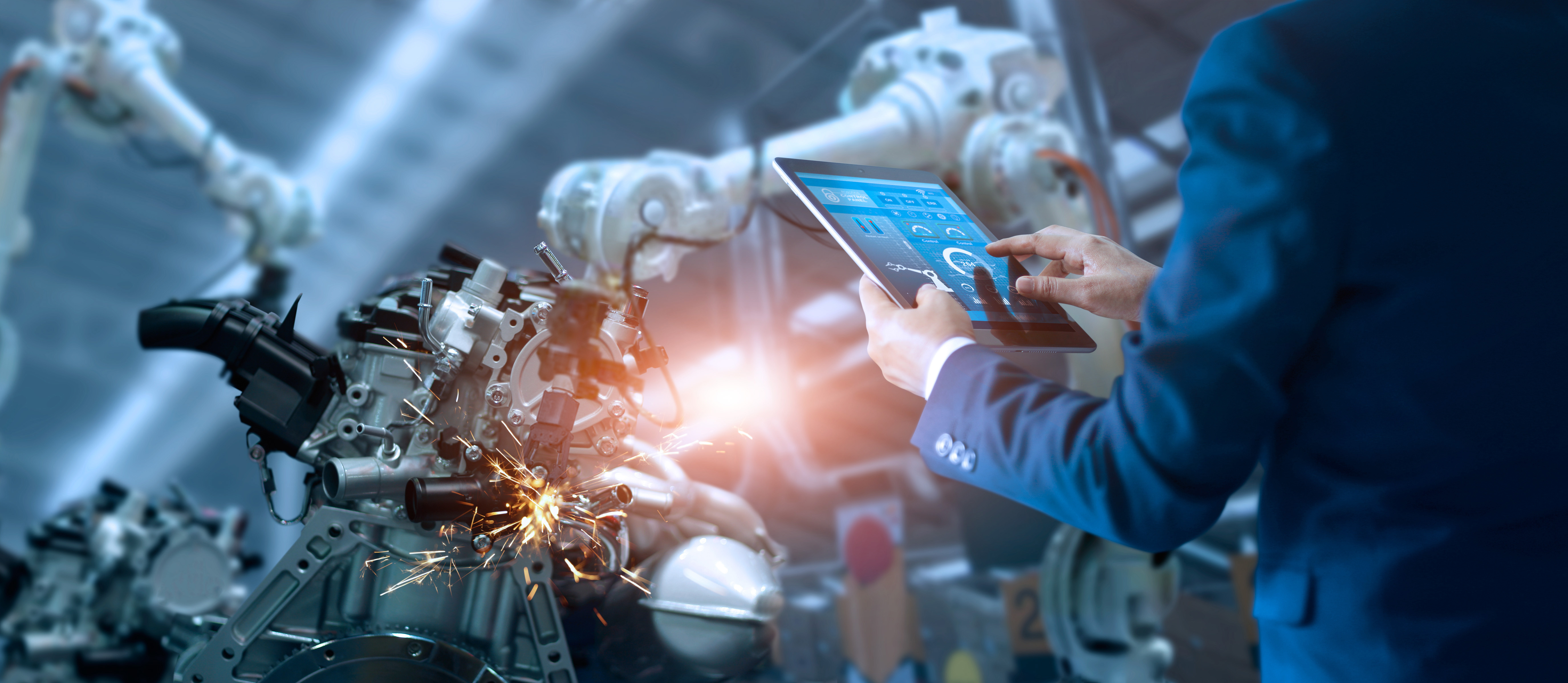Which Technologies Govern Industry 4.0?

We have gone through the phase of Industry 3.0 which brought production and information technology together. During this time, we took advantage of CNC and robotics, but these technologies were very isolated. Industry 4.0 links these individual elements together, giving us a better insight into the issue and a better basis for decision-making.
We’re getting to a point when we can guess whether the fourth industrial revolution is coming, and the key question is: “What approach do we plan and what will we decide on?” deal with them. Let’s take a look at the opportunities and challenges that are being offered, and how to deal with them.
Let’s Follow Technology Trends
The most common way to get into Industry 4.0 is through technology. The media is full of articles on Factories 2050, Big Data, and the Internet of Things. The natural way to start is through considering which smart technology you can integrate into your process.
In 2017, the British government published its independent perspective on the digitization of the industry called “Made Smarter Review”. This report identified five preferred digital technologies:
- Artificial intelligence, machine learning and data analysis
- Complementary production
- Robotics and automation
- Virtual and augmented reality
- Industrial Internet of Things and connectivity
Essentially, these technologies are not just for industrial use – they represent opportunities for all sectors. We can follow developments such as 3D food printing or artificial intelligence in chatbots.
Leading positions are taken by innovations like co-bots. These are collaborating robots which work with people side by side. Co-bots act as a “third hand” that can hold a hard-to-grasp component or tool, or engage in repetitive simple actions, while more complex operations are left to the competence of a person.
Overcome the Challenge of Data
With this technology-based approach, businesses often find opportunities. Sensors and smart technologies generate increasing volumes of data and you will quickly find that data itself is worthless – until you are able to extract meaningful and usable information from it. Until you can use the right information in the right place, the data is only an item that increases your costs. They need to be stored and treated somewhere.
And this is exactly the challenge of data. If you have real-time data, you have insight into the process. You know exactly what your machine is doing right now. You can combine this information with an accurate overview of the past. Of course, you also want to anticipate future developments based on this data. However, the element of uncertainty must always be taken into account. Simulation and digital twins are a success here. They provide focus and strategic direction, so that you can avoid blind fishing in the waters of vast data. Instead, you are in a position that allows you to make confident decisions about future activities.
Simulation Is a Compass That Navigates Your Way Through Industry 4.0
You can choose from a number of different types of simulations with different level of trustworthiness, but they all make a valuable contribution to decision making.
The most common example is asset-level predictive maintenance. You see that the device can fail in five different ways and therefore, you can respond proactively to maximize productivity. You can also use digital twins at the operational level to compare processes. This allows you to diagnose bottlenecks and identify options of their reparation.
In addition, there are digital twins, which provide crucial anticipation by letting you test different development scenarios and turning decision-making into a game. This is how you can analyze your chain, test digital transformation options and experiment with technology integration. Predictive simulation, which uses technology like WITNESS, gives you confidence in anticipating future development.
The Key to Smart Business and Technology Investment Decisions
New technologies undoubtedly help companies to expand their capabilities and efficiency. However, if we are talking about the range of changes required by Industry 4.0, we need simulation as an element that will allow us to do so. It’s a way to get a true, evidence-based understanding of how technologies will work together to ensure the growth of your business. Only in this way you will be freed from assumptions and nonsense and therefore able to plan your future and investments from the position of strength.
Rab Scott, Head of Digital, AMRC with Boeing
Article taken from www.lanner.com
Related articles
Jun 7, 2024
DJI introduces its first delivery drone
DJI introduces its first delivery drone
Jun 7, 2024
5 expert insights into the world of dynamic simulations and logistics
5 expert insights into the world of dynamic simulations and logistics
Apr 2, 2024